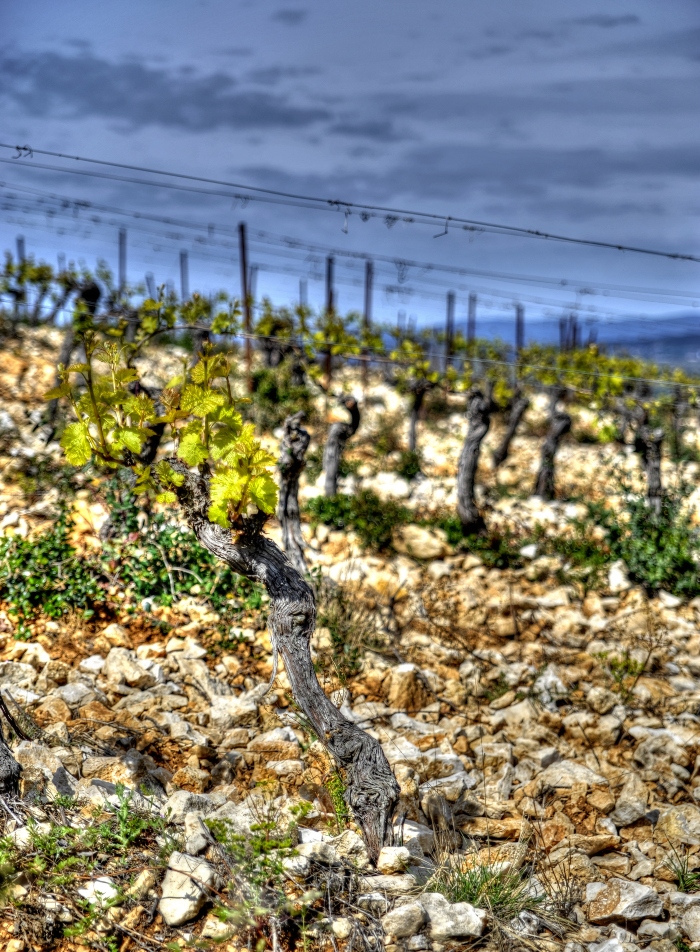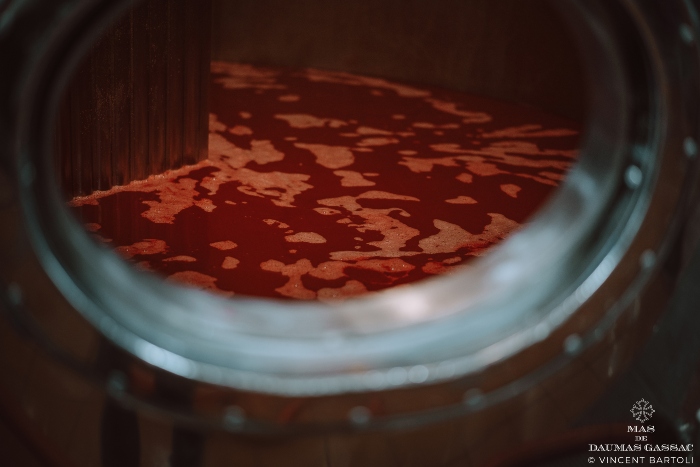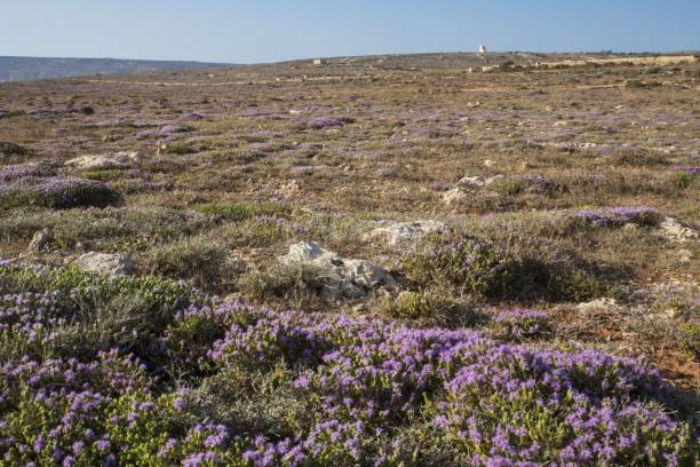
Following some discussion with Enjalbert, Guibert began to plant vines in the early 70s. Grape varieties came with just a smidgeon of advice from esteemed oenologist, Émile Peynaud. Foremost among these was Cabernet Sauvignon, chosen ‘massale’ purely on the basis of quality and diversity from premier Bordeaux vineyards[2].

To many, this was a highly contrarian move. These were the twilight days of Algeria’s hearty reds and the start of massive over-production in the region. The Languedoc of the 1970s was a brave new world for cheap blending wines rather than fancy Bordeaux blends. Anything, anywhere, from the south that was not fortified (or from the Rhône), was simply not taken seriously and in the early days, Gassac was no exception.

Growing Cabernet Sauvignon, Bordeaux’s gold standard, in this hinterland was, therefore, highly risky, but Guibert persevered. He praised Cabernet’s structure — and it is a question of structure with Guibert — for Mas de Daumas Gassac is never a big wine. It is, instead, one of grace and nuance, with a lick of something mysterious.

This ‘mystery’ element can be derived from two sources: firstly, there are two hectares of garrigue, thyme, and lavender, for every one hectare of vines. Secondly, Cabernet Sauvignon typically makes up only 80% of the grand cru blend. Guibert loved to experiment; the remaining 20% (or so) invariably contains morsels of Merlot, Cabernet Franc, and Pinot Noir, along with choice rarities such as Nielluccio and Saperavi. Viticulture is organic; vinification is Bordeaux-inspired (long fermentation and maceration in stainless) steel tank, and bottling is without filtration. Maturation is 12 to 15 months in oak barrel (10-15% new) but remain highly vintage dependent [3].

Aimé Guibert was an exceedingly good innovator well into his twilight years. He created the Moulin de Gassac range in 1991, partnering with the local co-operative in Villeveyrac to explore authentic terroir. The Combe Calcaire white is an enchanting blend of Chardonnay, Viognier & Grenache Blanc, left on the skins for 3-5 days; the red is a powerful mix of Syrah, Cabernet Sauvignon, and Merlot, from sites around the port of Sète. Guibert passed away at the ripe old age of 91 in 2016 and left to his four sons (Samuel, Gaël, Roman, and Basile) one of France’s most iconic estates.

[1] George, Rosmary, MW: The Wines of the South of France, Faber & Faber, 2001.
by Michael Palij, MW

Michael Palij MW is the third Canadian Master of Wine. He specializes in Italian wines and has introduced Opimian to some truly special producers.

